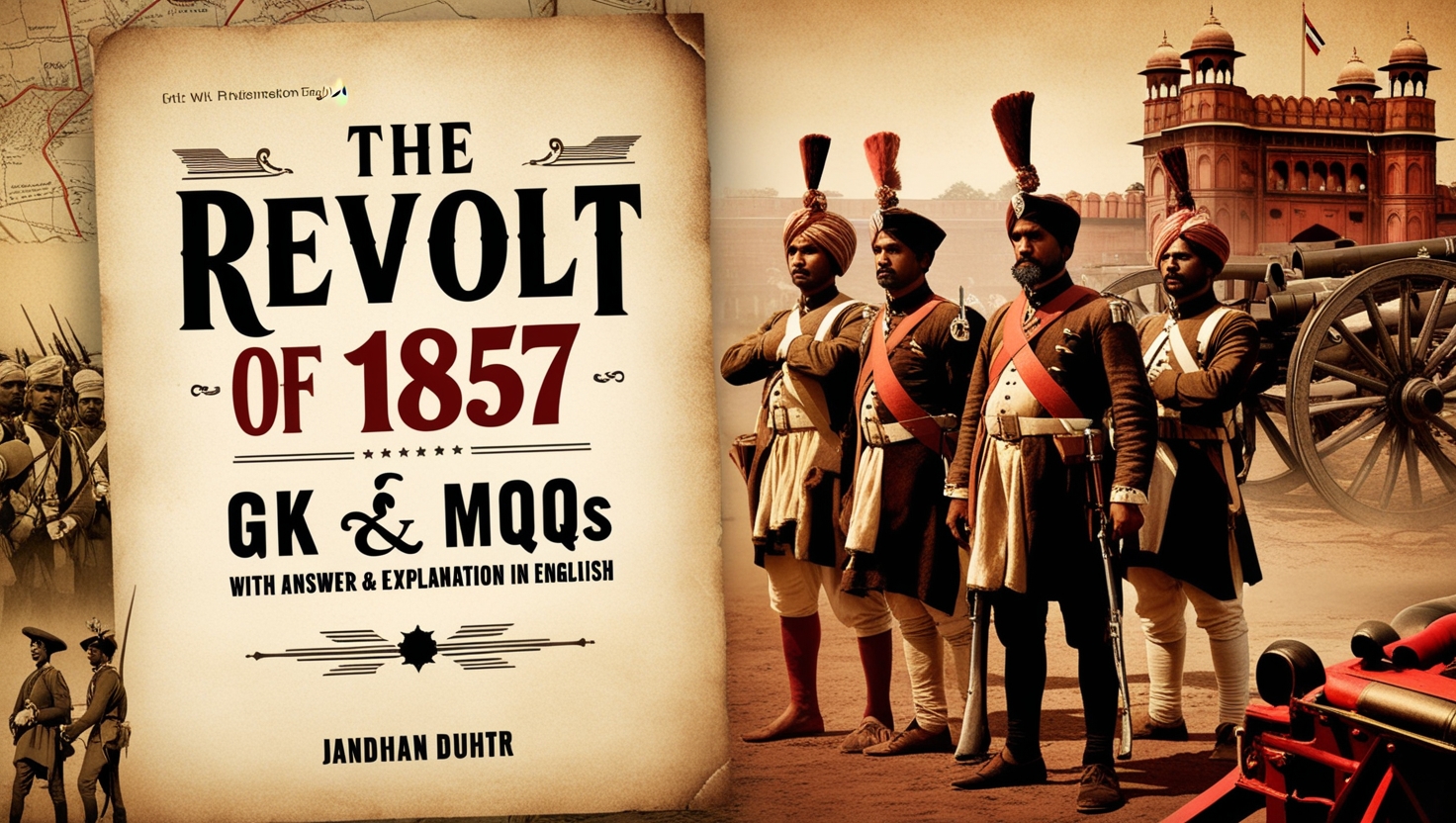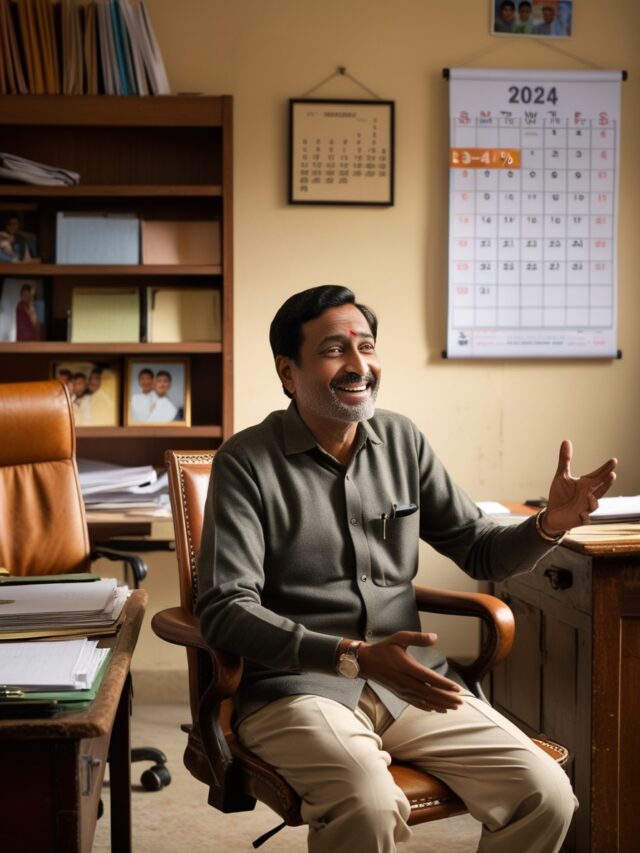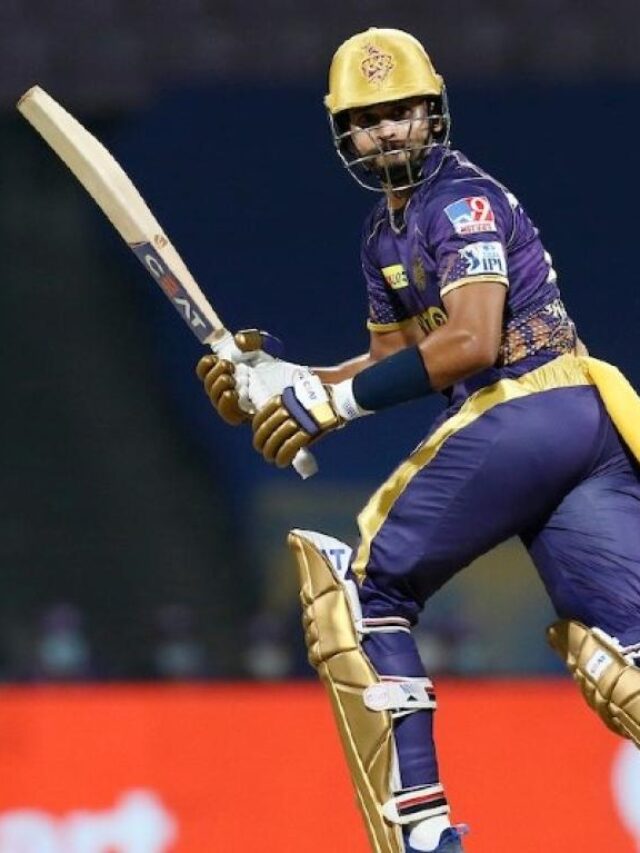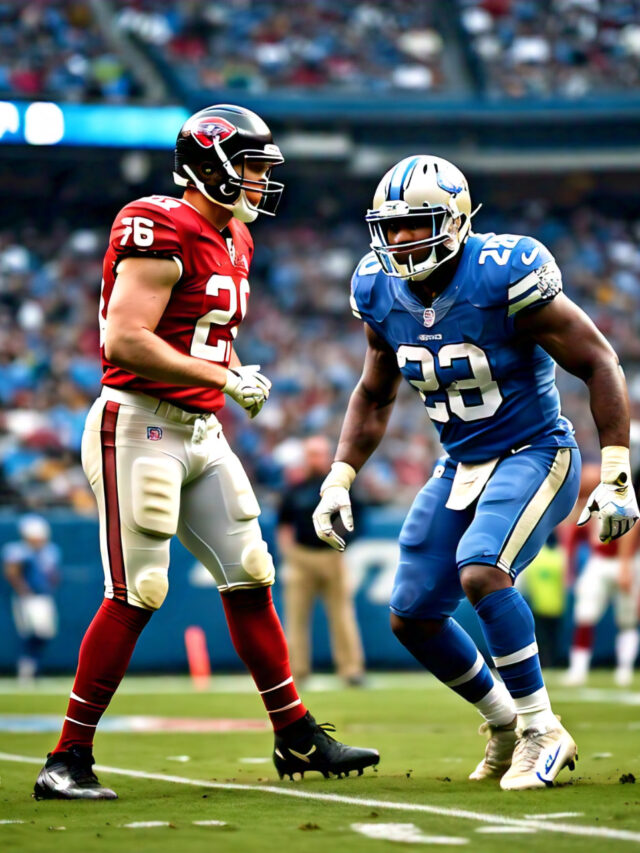
1. Who was the Governor General of India during the 1857 Mutiny?
- Lord Canning
- Lord Elgin
- Lord Dalhousie
- Lord Elleborough
Show Answer
Answer: Lord Canning
Lord Canning was indeed the Governor General of India during the 1857 Mutiny. He was serving as the Governor General when the uprising began. However, it’s essential to clarify that he later became the first Viceroy of India after the transfer of power from the East India Company to the British Crown in 1858. This marked a significant shift in governance in India.
2. Which book is the official History of Revolt of 1857 published by the Publication Division, Ministry of Information and Broadcasting, Government of India?
- Eighteen Fifty Seven
- Theories of Indian Mutiny
- The Sepoy Mutiny and the Revolt of 1857
- None of the above
Show Answer
Answer: Eighteen Fifty Seven
The book “Eighteen Fifty Seven,” authored by Dr. Surendra Nath Sen, indeed serves as the official history of the Revolt of 1857. It was published by the Publication Division of the Ministry of Information and Broadcasting, Government of India. This work provides valuable insights into the events and significance of the 1857 revolt.
3. Which historian described the Meerut outbreak of 1857 as “sudden and short-lived like a summer gale”?
- Surendra Nath Sen
- R. C. Majumdar
- S. B. Chaudhuri
- V. D. Savarkar
Show Answer
Answer: Surendra Nath Sen
Historian Dr. Surendra Nath Sen described the Meerut outbreak of 1857 as “sudden and short-lived like a summer gale.” This description conveys the swift and impactful nature of the events in Meerut that ignited the wider mutiny.
4. Among the following regions, which one was most affected by the Revolution of 1857?
- Punjab
- Maharashtra
- Awadh
- Madras
Show Answer
Answer: Awadh
Awadh (Oudh) was indeed one of the main centers of the Revolt of 1857, and it was severely affected by the uprising. Begum Hazrat Mahal, the wife of Nawab Wazid Ali Shah of Awadh, played a crucial role in leading the rebellion in Lucknow. She ruled on behalf of her young son Birjis Qadar and fiercely resisted British forces.
5. Who was the leader of the revolt of 1857 in Lucknow?
- Tatya Tope
- Maulvi Ahmadullah Shah
- Birjis Qadir Begum
- Hazrat Mahal
Show Answer
Answer: Hazrat Mahal
Begum Hazrat Mahal, the wife of Nawab Wazid Ali Shah of Awadh, led the revolt of 1857 in Lucknow. She ruled on behalf of her 11-year-old son Birjis Qadar and played a significant role in the rebellion.
6. Who authored the book ‘Indian War of Independence, 1857’?
- R. C. Majumdar
- V. D. Savarkar
- S. B. Chaudhary
- S. N. Sen
Show Answer
Answer: V. D. Savarkar
V. D. Savarkar, the poet, writer, and playwright, did indeed write the book “Indian War of Independence, 1857.” This work focuses on the events and significance of the 1857 mutiny and provides a nationalist perspective on the uprising.
7. On which date did the mutiny of 1857 start from Meerut?
- 10th May 1857
- 16th April 1857
- 26th June 1857
- 11th July 1857
Show Answer
Answer: 10th May 1857
The revolt of 1857 began as a mutiny of sepoys of the East India Company’s army on May 10, 1857, in Meerut cantonment. This event marked the inception of the Indian Rebellion of 1857.
8. Diwan Mani Ram Datta was a leader of revolutionaries in which region during the 1857 uprising?
- Gujarat
- Rajputana
- Punjab
- Assam
Show Answer
Answer: Assam
Diwan Mani Ram Datta, also known as Maniram Dutta Baruah, was indeed a prominent leader of revolutionaries during the 1857 uprising in Assam. He played a significant role in the rebellion in the Assam region.
9. During the revolt of 1857, who among the following was betrayed by a zamindar friend and captured by the Britishers while asleep, leading to his execution?
- Nana Saheb
- Tantia Tope Khan
- Bahadur Khan
- Kunwar Singh
Show Answer
Answer: Tantia Tope Khan
Tantia Tope, also known as Tatya Tope, was indeed betrayed by a zamindar friend, captured by the British while he was asleep, and subsequently executed. His capture marked a significant turning point during the revolt.
10. What significant incident occurred on May 11, 1857, in Indian history?
- The 3rd Light Cavalry of the British East India Company’s army rebels against its British officers, thus beginning the rebellion.
- Indian combatants capture Delhi from the East India Company.
- Three universities are established in British IndiA)
- Execution of Mangal Pandey
Show Answer
Answer: 1, The 3rd Light Cavalry of the British East India Company’s army rebels against its British officers, thus beginning the rebellion.
May 11, 1857, is indeed a significant date in the context of the Indian Rebellion of 1857. On this day, the 3rd Bengal Light Cavalry stationed in Meerut refused to use the newly introduced Enfield rifle cartridges. These cartridges were rumored to have greased covers made of beef and pork, which deeply offended the religious sentiments of both Hindu and Muslim sepoys. The refusal to use these cartridges triggered the mutiny, marking the beginning of the revolt.
Q11: Who led the Girijans uprising in the Godavari district during 1857-58?
1. Dundasena
2. Korukonda Subba Reddi
3. Vijayarama raju
4. Alluri Sitharama raju
Show Answer
Answer: 2
Explanation: Korukonda Subba Reddi was the leader of the Girijans uprising in the Godavari district during 1857-58. He served as the headman of Korukonda. This rebellion was part of the broader Indian Rebellion of 1857.
Q12: Which of the following promises was not present in the Queen’s Proclamation issued on 1st Nov 1858 as a result of the 1857 revolt?
1. Equality of treatment between Indians and Europeans
2. Religious neutrality
3. Indians would be admitted to all offices of the government
4. All the above promises were present in the Queen’s proclamation
Show Answer
Answer: 4
Explanation: The Queen’s Proclamation issued on November 1, 1858, was a significant outcome of the 1857 revolt. It included several promises and reforms aimed at addressing the grievances that had fueled the uprising. These promises included equality of treatment between Indians and Europeans, religious neutrality, and the admission of Indians to all offices of the government. This proclamation marked a pivotal moment in post-revolt governance.
Q13: From where did the Great Indian Mutiny of 1857 start?
1. Meerut
2. Kanpur
3. Delhi
4. Lucknow
Show Answer
Answer: 1
Explanation: The Great Indian Mutiny of 1857 started from Meerut. On May 10, 1857, 85 sepoys of the 3rd Cavalry regiment were sentenced to long terms of imprisonment for refusing to use the greased cartridges, which triggered the mutiny.
Q14: Which rulers remained loyal to the British during the Revolt of 1857?
1. Holkar of Indore
2. Gulab Singh of Kashmir
3. Man Singh of Gwalior
4. All of the above
Show Answer
Answer: 4
Explanation: Holkar of Indore, Gulab Singh of Kashmir, and Man Singh of Gwalior were indeed among the rulers who remained loyal to the British during the Revolt of 1857. Their allegiance to the British helped in the suppression of the rebellion in their respective territories.
Q15: Who was the leader of Satara in the Revolt of 1857?
1. Rango Bapuji Gupte
2. Sonaji Pant
3. Annaji Phadnavis
4. Mulbagal Swami
Show Answer
Answer: 1
Explanation: Rango Bapuji Gupte, also known as Rango Dandex, was one of the masterminds behind the uprising in Satara during the Revolt of 1857. However, after the plan was exposed, he disappeared from the scene. His involvement reflects the widespread nature of the revolt and the participation of various leaders.
Q16: Which British officer suppressed the Revolt of 1857 in Lucknow?
1. Colin Campbell
2. Gen. Hugh Rose
3. Major William Taylor
4. Nicholson and Hudson
Show Answer
Answer: 1
Explanation: The Revolt of 1857 in Lucknow was indeed suppressed by British officer Colin Campbell. He played a pivotal role in commanding the British forces during the events of the uprising in Lucknow.
Q17: What was the immediate cause of the Revolt of 1857?
1. Heavy taxation on Indian products
2. Introduction of Enfield guns
3. Annexation of Oudh
4. Enfield rifles whose cartridges were said to have greased covers made of beef and pork.
Show Answer
Answer: 4
Explanation: The immediate cause of the Revolt of 1857 was indeed the introduction of the Enfield rifles with cartridges rumored to have greased covers made of beef and pork. The sepoys’ refusal to use these cartridges, which conflicted with their religious beliefs, sparked the widespread discontent that led to the rebellion.
Q18: Who was the first martyr of the Revolt of 1857?
1. Paltu Khan
2. Israil Pandey
3. Mangal Pandey
4. Amar Singh
Show Answer
Answer: 3
Explanation: Mangal Pandey, an Indian sepoy of the 34th Bengal Native Infantry, is indeed recognized as the first martyr of the Revolt of 1857. He is renowned for refusing to use the greased cartridges and for attacking British officers on parade at Barrackpore, becoming an iconic figure in the early stages of the rebellion.
Q19: To which Bengal Native Infantry did Mangal Pandey belong in the context of the Revolt of 1857?
1. 32
2. 34
3. 36
4. 38
Show Answer
Answer: 2
Explanation: Mangal Pandey was indeed a key figure in the events leading up to the Revolt of 1857. He belonged to the 34th Bengal Native Infantry and is famously known for refusing to use the greased cartridges and for attacking British officers. His actions in Barrackpore in 1857 played a significant role in inspiring resistance against British rule.
Q20: Who among the following Mughal emperors proclaimed himself the Emperor of India during the revolt of 1857?
1. Bahadur Shah II
2. Akbar Shah II
3. Nanasaheb Peshwa
4. Shah Alam II
Show Answer
Answer: 1
Explanation: The last Mughal emperor, Bahadur Shah II, proclaimed himself the Emperor of India during the Indian Rebellion of 1857 and led the revolt in Delhi. However, the revolt was ultimately suppressed by the British forces. Bahadur Shah II was arrested and deported to Rangoon, where he remained in exile until his death in 1862.
Q21: Which British officer was killed during the Revolt of 1857 in Delhi?
1. Colonel Ripley
2. Gen. Hugh Rose
3. Major William Taylor
4. Colin Campbell
Show Answer
Answer: 1
Explanation: During the Revolt of 1857, a significant event occurred when British officer Colonel Ripley was killed in Delhi by his own troops. Indian sepoys marched towards Delhi, proclaimed Bahadur Shah Zafar as Emperor of India, and took control of the city, marking a critical moment in the uprising.
Q22: Which British officer suppressed the Revolt of 1857 in Jhansi?
1. Colin Campbell
2. Gen. Hugh Rose
3. Major William Taylor
4. None of the above
Show Answer
Answer: 2
Explanation: The Revolt of 1857 in Jhansi was led by Jhansi ki Rani Laxmi Bai, but it was ultimately suppressed by British General Hugh Rose. Despite Rani Laxmi Bai’s fierce resistance, British forces, under Hugh Rose’s command, captured the city after two weeks of intense fighting.
Q23: Which British officer suppressed the Revolt of 1857 in Delhi?
1. Colin Campbell
2. Nicholson and Hudson
3. Major William Taylor
4. Col. Neill
Show Answer
Answer: 1
Explanation: The Revolt of 1857 in Delhi was indeed suppressed by British officer Colin Campbell. Colin Campbell played a crucial role as the British officer commanding the forces during the events of the uprising in Delhi.
Q24: In 1857, which British officer at Kanpur killed Indians as revenge against the killing of English by Nana Sahib’s forces?
1. Colin Campbell
2. Nicholson and Hudson
3. Major William Taylor
4. Col. Neill
Show Answer
Answer: 4
Explanation: In 1857, Colonel Neill was the British officer at Kanpur who, in retaliation for the killing of English by Nana Sahib’s forces, carried out a violent and vengeful campaign against Indian rebels and civilians. His actions in Kanpur were marked by brutality and bloodshed.
Q25: Which British officer suppressed the Revolt of 1857 in Jagdishpur?
1. Nicholson and Hudson
2. Colin Campbell
3. Major William Taylor
4. Col. Neill
Show Answer
Answer: 3
Explanation: Major William Taylor played a role in suppressing the Revolt of 1857 in Jagdishpur. Kunwar Singh, also known as the Lion of Bihar, led the Indian Rebellion of 1857 in Arrah, Bihar. After nearly a year of fighting, he was defeated by Major William Taylor, and Kunwar Singh died on the battlefield on April 26, 1858, at Jagdishpur.
Q26: Who among the following leaders led the Revolt of 1857 in Bareilly?
1. Liakat Ali
2. Maulvi Ahmadullah
3. Birjis Qadir
4. Khan Bahadur Khan
Show Answer
Answer: 4
Explanation: Khan Bahadur Khan Rohilla, the grandson of Hafiz Rahmat Khan, led the Revolt of 1857 in Bareilly. He proclaimed himself the ruler of the region but was later captured and hanged by the British forces.
Q27: Which British officer suppressed the Revolt of 1857 in Gwalior?
1. Nicholson and Hudson
2. Colin Campbell
3. Gen. Hugh Rose
4. Major William Taylor
Show Answer
Answer: 3
Explanation: The Revolt of 1857 in Gwalior was indeed marked by the leadership of Jhansi ki Rani Laxmi Bai and Tantia Tope. They initially captured the Gwalior Fort, but the British forces, under the command of General Hugh Rose, recaptured the fort. This ultimately led to the death of Rani Laxmi Bai and the capture of Tantia Tope.
Q28: Who led the Revolt of 1857 in Mathura?
1. Azimullah Khan
2. Devi Singh
3. Khan Bahadur Khan
4. Ahmadullah
Show Answer
Answer: 2
Explanation: Devi Singh led the Revolt of 1857 in Mathura. He was a village-level raja in Tappa Raya in Mathura and set up a parallel government in the region during the uprising. However, he was eventually caught and hanged by the British.
Q29: Which British officer suppressed the Revolt of 1857 in Banaras and Allahabad?
1. Major William Taylor
2. Colonel Neill
3. Colin Campbell
4. Nicholson
Show Answer
Answer: 2
Explanation: The Revolt of 1857 in Banaras and Allahabad was ruthlessly suppressed by Colonel Neill in June 1857. His actions marked a significant part of the British response to the rebellion.
Q30: Which British officer suppressed the Revolt of 1857 in Lucknow and Bareilly?
1. Colin Campbell
2. Colonel Neill
3. Major William Taylor
4. Nicholson
Show Answer
Answer: 1
Explanation: The Revolt of 1857 in Lucknow and Bareilly was indeed led by Begum Hazrat Mahal in Lucknow and Khan Bahadur Khan in Bareilly. However, the revolt in these regions was eventually suppressed by British General Colin Campbell, marking the British efforts to regain control.
Q31: Who among the following leaders led the Revolt of 1857 in Kanpur?
1. Nana Sahab
2. Tantiya Tope
3. Azimullah Khan
4. All of the above
Show Answer
Answer: 4
Explanation: The Revolt of 1857 in Kanpur was led by prominent figures like Nana Saheb, Tantia Tope, and Azimullah Khan. Initially, they drove out the British from Kanpur, but the British forces, led by Colonel Neill, later recaptured the city and suppressed the revolt.
Q32: In the context of the Revolt of 1857, what was the ratio of Indian Soldiers to Europeans in the British Army?
1. 4:1
2. 5:1
3. 6:1
4. 8:1
Show Answer
Answer: 3
Explanation: The ratio of Indian soldiers to Europeans in the British Indian Army during the Revolt of 1857 was approximately 6:1, illustrating the numerical strength of Indian soldiers.
Q33: Who was the author of the book The Indian War of Independence – 1857?
1. SN Joshi
2. PC Joshi
3. VD Savarkar
4. RC Majumdar
Show Answer
Answer: 3
Explanation: Vinayak Damodar Savarkar, also known as VD Savarkar, authored the book The First War of Indian Independence – 1857, presenting his perspective on the events of the Revolt of 1857 and the Indian struggle for independence.
Q34: Who was the author of the book 1857 in India: Mutiny or War of Independence?
1. Maulana Azad
2. SB Chaudhari
3. SN Sen
4. Ainslee T Embree
Show Answer
Answer: 4
Explanation: 1857 in India: Mutiny or War of Independence? was written by AT Embree, exploring the historical debate surrounding whether the Revolt of 1857 should be considered a mutiny or a war of independence.
Q35: Who was the author of the book Sepoy Mutiny and the Revolt of 1857?
1. Maulana Azad
2. SN Sen
3. SB Chaudhari
4. RC Majumdar
Show Answer
Answer: 4
Explanation: Ramesh Chandra Majumdar authored the book Sepoy Mutiny and the Revolt of 1857, offering his analysis of the Revolt of 1857 and challenging conventional perspectives on its nature.
Q36: Who was the author of the book Sepoy Mutiny 1857?
1. Haraprasad Chattopadhyaya
2. SN Sen
3. PC Joshi
4. RC Majumdar
Show Answer
Answer: 1
Explanation: HP Chattopadhyaya wrote the book Sepoy Mutiny 1857: A Social Study and Analysis, providing a social study and analysis of the Revolt of 1857.
Q37: Who was the author of the book Rebellion in 1857?
1. SN Sen
2. VD Savarkar
3. Puran Chand Joshi
4. RC Majumdar
Show Answer
Answer: 3
Explanation: Rebellion in 1857: A Symposium was written by Puran Chand Joshi, presenting different perspectives on the Revolt of 1857 through contributions from various authors.
Q38: Who led the Revolt of 1857 in Hyderabad?
1. Sonaji Pant
2. Devi Singh
3. Khan Bahadur Khan
4. Pathan Turrebaz Khan
Show Answer
Answer: 4
Explanation: Pathan Turrebaz Khan, along with Maulvi Allaudin, led the 1857 uprising in Hyderabad. They attacked the Hyderabad Residency, the British rulers’ home, with around 5,000 rebels on July 17, 1857.
Q39: In which of the following areas of modern states did Kadam Singh lead the revolt of 1857?
1. Sikar, Rajasthan
2. Meerut, Uttar Pradesh
3. Mahendragarh, Haryana
4. Dehradun, Uttarakhand
Show Answer
Answer: 2
Explanation: Kadam Singh, a Gurjar leader, led the revolt against the British East India Company in the Meerut region, declaring himself the Raja of Parikshitgarh and Mawan.
Q40: Who among the following leaders led the Revolt of 1857 in Sambhalpur?
1. Devi Singh
2. Surender Sai
3. Sonaji Pant
4. Kadam Singh
Show Answer
Answer: 2
Explanation: Surender Sai led the Revolt of 1857 in Sambalpur to restore the self-respect of the people, fighting against the British and eventually sacrificing his life in Asirgarh Jail in 1884.
Q41: Who among the following leaders led the Revolt of 1857 in Goa?
1. Deepuji Rana
2. Surender Sai
3. Mulbagal Swami
4. Kadam Singh
Show Answer
Answer: 1
Explanation: Deepuji Rana led the Revolt of 1857 in GoA)
Q42: Who among the following leaders led the Revolt of 1857 in Rewari (Haryana)?
1. Deepuji Rana
2. Surender Sai
3. Mulbagal Swami
4. Rao Tularam
Show Answer
Answer: 4
Explanation: Rao Tularam was a prominent leader in the Great Indian Mutiny of 1857, leading the revolt in Rewari, Haryana, and supporting rebel forces in Delhi with men, money, and material. He died from dysentery in Kabul in 1863.
Q43: Who led the Revolt of 1857 in Coimbatore?
1. Deepuji Rana
2. Surender Sai
3. Mulbagal Swami
4. Rao Tularam
Show Answer
Answer: 3
Explanation: A sanyasi known as Mulbagal Swami led the Revolt of 1857 in Coimbatore, preaching to his devotees that British rule should come to an end and eventually getting arrested by British forces.
Q44: Who led the Revolt of 1857 in Faizabad?
1. Rao Tularam
2. Khan Bahadur Khan
3. Azimullah Khan
4. Ahmadullah
Show Answer
Answer: 4
Explanation: Maulvi Ahmadullah led the revolt of 1857 in Faizabad, fighting the famous Battle of Chinhat and defeating British forces under Sir Henry Lawrence. However, the revolt was harshly suppressed by the British.
Q45: Who among the following leaders led the Revolt of 1857 in Bihar?
1. Sonaji pant
2. Devi Singh
3. Kunwar Singh
4. Surender Sai
Show Answer
Answer: 3
Explanation: Kunwar Singh, the Lion of Bihar, led the Indian Rebellion of 1857 in Arrah, Bihar, fighting bravely against British forces for nearly a year before being defeated and dying on the battlefield on April 26, 1858.
Q46: Which one of the following upheavals took place in Bengal immediately after the Revolt of 1857?
1. Sanyasi Rebellion
2. Santhal Rebellion
3. Indigo Disturbances
4. Pabna Disturbances
Show Answer
Answer: 3
Explanation: The Indigo revolt was a peasant movement and uprising of indigo farmers against indigo planters in Bengal in 1859, shortly after the Revolt of 1857.
Q47: Which one of the following territories was not affected by the Revolt of 1857?
1. Jhansi
2. Chittor
3. Jagdishpur
4. Lucknow
Show Answer
Answer: 2
Explanation: Chittor was not affected by the Revolt of 1857, whereas Jhansi, Jagdishpur, and Lucknow were prominent centers of the revolt.
Q48: Who of the following blamed the Doctrine of Lapse of Lord Dalhousie for being a cause of the great revolt of 1857?
1. Disraeli
2. P. E. Roberts
3. Henry Lawrence
4. Jadunath Sarkar
Show Answer
Answer: 1
Explanation: Benjamin Disraeli, a leader of the Conservative party in the United Kingdom, blamed the Doctrine of Lapse for being a major cause of the great revolt of 1857.
Q49: Who among the following assisted Nana Saheb in Kanpur during the great revolt of 1857?
1. Tatya Tope
2. Hakim Azimullah
3. Both of them
4. None of the above
Show Answer
Answer: 3
Explanation: Nana Saheb, the adopted son of Peshwa Bajirao II, was assisted by Tatya Tope and Minister Hakim Azimullah during the great revolt of 1857.
Q50: Which of the following was the real name of Tatya Tope?
1. Dhondu Pant Tope
2. Ramachandra Panduranga
3. Birjis Tope
4. None of the above
Show Answer
Answer: 2
Explanation: Tatya Tope’s real name was Ramachandra Panduranga Yawalker. He was not formally trained in the military but proved to be one of the most effective rebel generals during the revolt.
Q51: Which of the following is the real name of Nana Saheb?
1. Dhondu Pant
2. Ramachandra Pant
3. Panduranga Pant
4. None of the above
Show Answer
Answer: 1
Explanation: Nana Saheb’s real name was Dhondu Pant. He was the adopted son of Peshwa Bajirao II and led the revolt of 1857 from Kanpur.
Q52: Kunwar Singh, who led the great revolt of 1857 from Bihar, was the Zamindar of which of the following places?
1. Shahpur
2. Jagdispur
3. Bikramganj
4. Bhojpur
Show Answer
Answer: 2
Explanation: Kunwar Singh was the Zamindar of Jagdishpur in Bihar. He joined the revolt after the British deprived him of his estate.
Q53: Who of the following termed the great revolt of 1857 as a National revolt?
1. Disraeli
2. R. C. Majumdar
3. Surendranath Sen
4. V. D. Savarkar
Show Answer
Answer: 1
Explanation: Benjamin Disraeli, a leader of the Conservative party in the United Kingdom, termed the great revolt of 1857 as a National revolt in July 1857.
Q54: Who among the following showed a tribute to Rani Laxmibai with his words Here lay the woman who was the only man among the rebels?
1. Hugh Rose
2. Stanley Wolpert
3. Collin Campbell
4. Colonel Neill
Show Answer
Answer: 1
Explanation: Rani Laxmibai, who led the revolt of 1857 from Jhansi, was defeated by Hugh Rose. In tribute, Hugh Rose quoted Here lay the woman who was the only man among the rebels.
Q55: Which among the following acts was introduced during the time of the Great Revolt of 1857?
1. Act XV
2. Act XXV
3. The Press and Books Registration Act 1867
4. The Vernacular Press Act
Show Answer
Answer: 1
Explanation: Act XV was introduced during the time of the Great Revolt of 1857. Its main objective was to control the setting up of print presses and limit the flow of printed books and papers in specific cases. These limitations were temporary and withdrawn right after the Mutiny.







